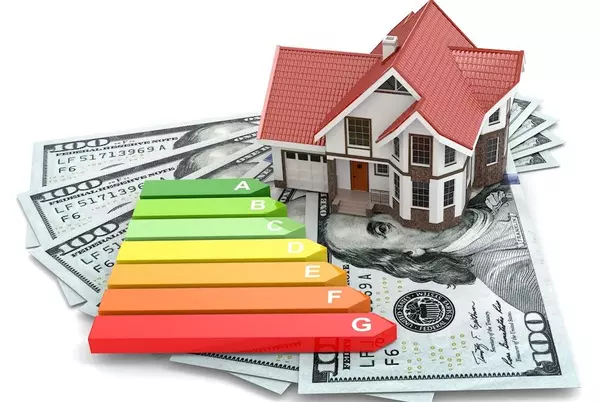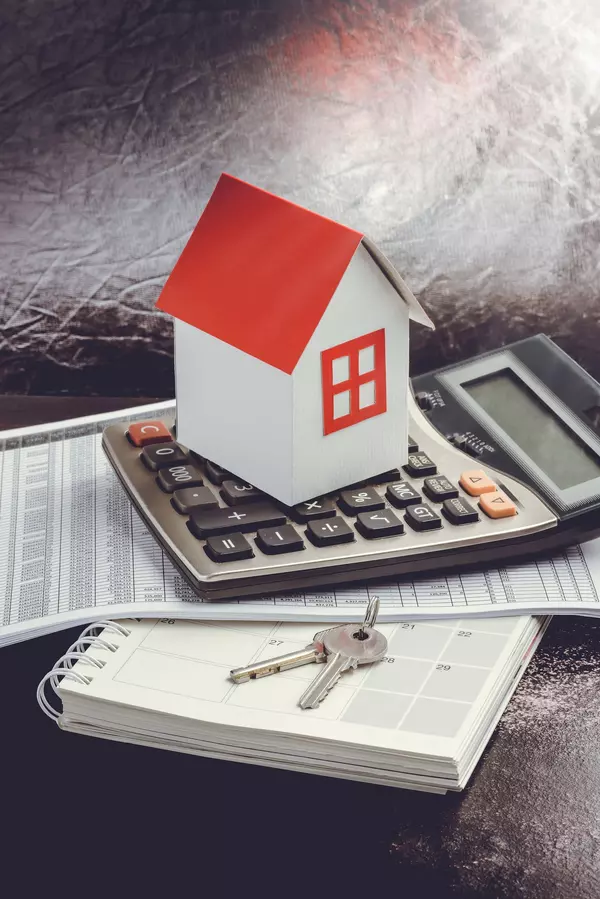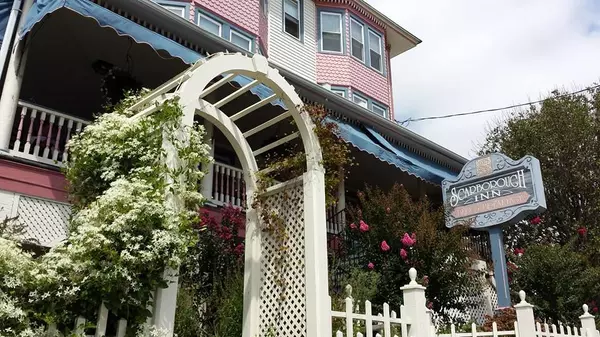How to Price Your Home in Any Market (Without Leaving Money on the Table)

Pricing your home correctly is one of the most critical steps in the selling process. Set it too high, and your property might languish on the market, making it appear less desirable. Price it too low, and you leave money on the table. In any market—be it a bustling seller's haven or a more subdued buyer's market—striking the right balance is key. Here’s how you can price your home strategically, ensuring you maximize your return without alienating potential buyers.
**1. Understand the Current Market**: Begin by getting a pulse on the current real estate market conditions. Is it a buyer’s or seller’s market? How fast are homes selling in your area, and is there a surplus or shortage of inventory? Understanding these dynamics will influence your pricing strategy.
**2. Analyze Comparable Sales**: Conduct a Comparative Market Analysis (CMA) to gather data on recently sold homes in your area that are similar in size, age, condition, and features. Pay attention to the price per square foot and how long these properties stayed on the market. This analysis will provide a benchmark for setting your initial price.
**3. Factor in Upgrades and Unique Features**: Consider any upgrades or unique features your home may have that set it apart from similar listings. While it’s essential not to overvalue these, they can justify a higher end of the pricing spectrum. Features like a remodeled kitchen, energy-efficient appliances, or a beautifully landscaped yard can add significant value.
**4. Assess the Competition**: Look at active listings in your neighborhood. Your home will be competing against these properties, so it’s crucial to see how they are priced and what they offer. Positioning your home as a better value proposition can attract more potential buyers.
**5. Be Realistic About Condition**: Be honest about your home’s condition. While a fresh coat of paint can go a long way, major repairs or outdated features must be factored into your pricing. Buyers will likely notice these issues and may negotiate accordingly, so it’s better to account for them upfront.
**6. Strategize with Pricing Bands**: Buyers often search for homes in specific price ranges, so consider setting your price just below a major pricing band. For example, pricing a home at $299,000 instead of $305,000 can capture buyers searching in the $250,000 to $300,000 range.
**7. Stay Flexible and Open to Adjustments**: Once your home is listed, pay attention to the feedback from showings and the level of interest it generates. If you’re not receiving offers, it might be time to re-evaluate your pricing strategy. Flexibility and a willingness to adjust based on market feedback can prevent your home from becoming stale.
In conclusion, pricing your home correctly requires a nuanced understanding of the market, careful analysis, and strategic thinking. By considering these factors and working closely with a knowledgeable real estate professional, you can price your home to attract serious buyers and achieve the best possible outcome. Remember, the right price is not just about what you hope to get, but what the market will bear.
Categories
Recent Posts










GET MORE INFORMATION


